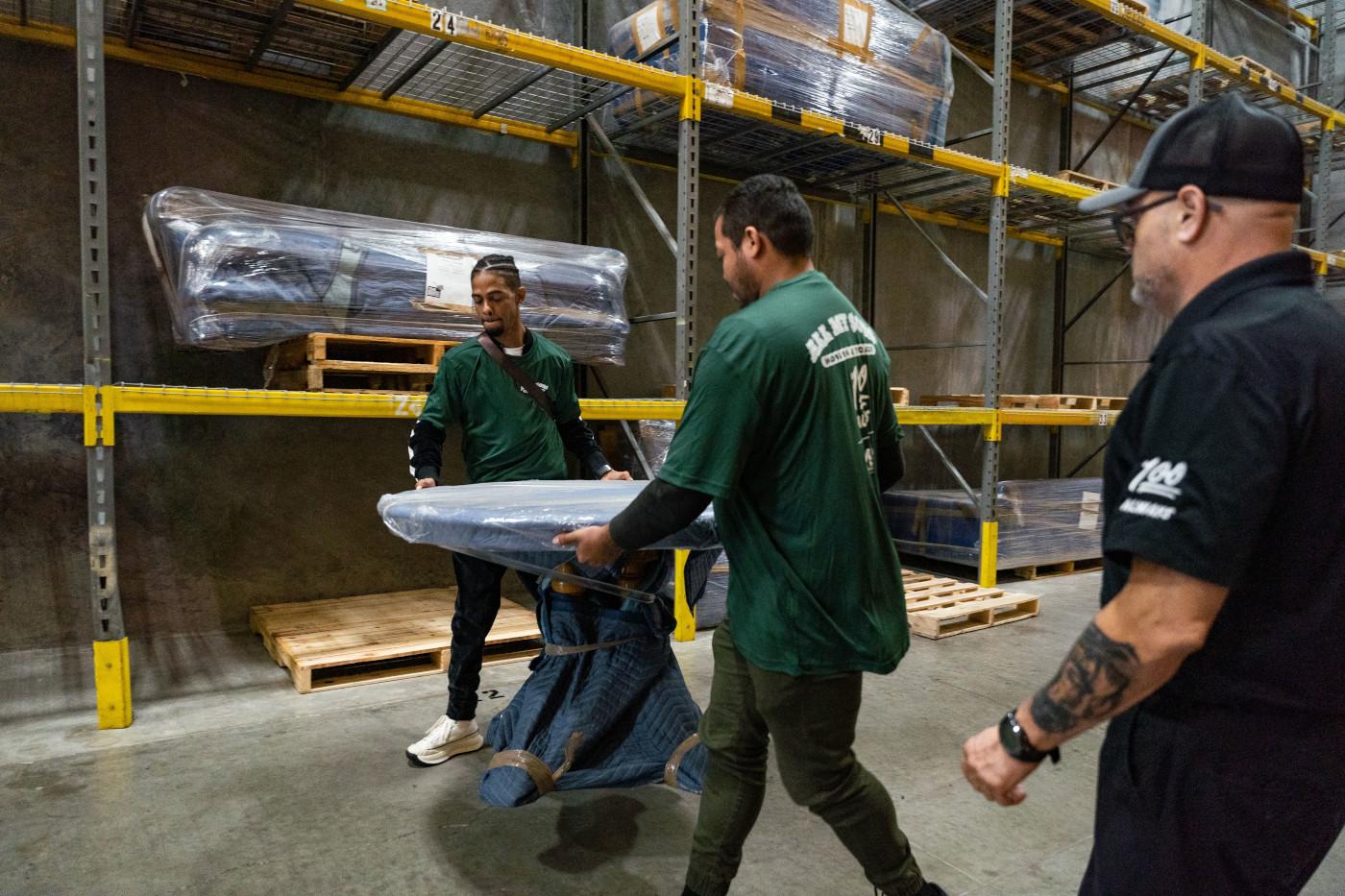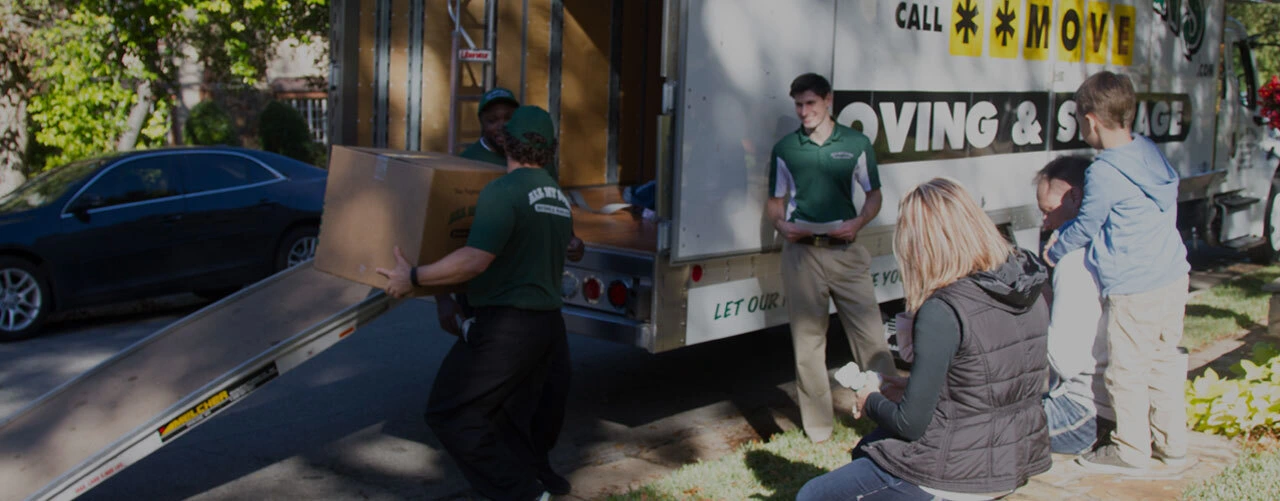Tools Going into Long-Term Storage
The storage experts at All My Sons Moving & Storage provide a guide on how to store tools long-term so that they come out of storage in pristine condition.
Somewhere between your crafty woodworking and your beloved DIY home projects you’ve accumulated a number of handy-dandy tools. Unfortunately, you’re about to enter into a transition season where the tools will need to go into storage. To avoid unpacking your tools at the end of your stay to discover rust and other damage that renders your tools unusable, follow these steps for storing your tools long-term.
Long-Term Storage Considerations
Whether you are selecting a self-storage facility, putting your tools into full-service storage, or looking for a place on your property where your tools will live for the long haul, there are a few specific details you should take into account.
Temperature: When you live in an area with extreme shifts in temperature, you might want to spring for a temperature-controlled unit to protect your tools from excessive heat or excessive cold.
Moisture: Humidity and condensation can cause rust, corrosion, and infestations of mold and mildew. Packing with desiccants can help control moisture levels in your unit or garage.
Gravity: Heavy items stacked on top of lighter items can settle over time, leading to broken containers and damaged tools. You should organize and pack your unit well to avoid expensive replacements.
Pests: If you choose a self-storage facility or put your tools into full-service storage then your facility undoubtedly takes measures to prevent pests like rodents and insects from getting into your unit. For tool-aficionados who are choosing a space to store at home, you will have to do your own pest-control to keep your tools safe from pesky invaders.
Prior to Storing Tools
Properly preparing items for storage is an essential part of helping items like your tools stay in great condition for the duration of their stay.
Ensure all tools are clean and dry: Dirt and debris on your tools will fester in storage, attracting moisture and pests. Clean your tools according to manufacturer instructions and make sure they are dry before proceeding to the next step in preparing your tools for storage.
Drain fuel from power tools: Tools that run off fuel like lawnmowers, leaf blowers, and chainsaws should be emptied of fuel prior to long-term storage. In addition to posing a safety hazard, fuels are often included in the list of items you should not store at many storage facilities.
Apply a rust-preventative oil or grease: Metal surfaces are susceptible to oxidation and the development of rust. Once your metal tools are clean and dry, use a special machine oil to apply a protective barrier on your tools. This will hinder the development of rust while your tools are in storage.
Pack with desiccants: Put some bags of desiccants like silica gel packets in your bins and toolboxes to cut down on the moisture in the air around your tools. This will help if the area around your storage unit gets humid.
Label all boxes and bins: Nothing quite like searching high and low for a specific tool you know is in your storage unit somewhere and not being able to find it. Use a roll of masking tape and a black permanent marker to label all your boxes, bins, and toolboxes with their contents so that you never lose track of a specific tool again.
Avoid Storage Unit Mistakes When Packing Tools
There are several common mistakes people make when packing their storage unit that you can avoid with a little extra time, research, and care.
Choose the right size unit: Don’t opt for a unit so large that you’re essentially throwing away money every month, and don’t choose a unit so small that you’re not able to navigate inside. Pick a unit that’s small enough to accommodate your needs and leave just a little extra room for navigation.
Consider your access needs: If you would like to be able to visit your unit and go through your tools often, then you should probably choose an easily accessible unit like a drive-up access unit. In the event you will not need to access your tools at all during their time in storage, you could choose to get full-service storage and simply request your tools back when you need them.
Organize your unit well: Disorganized units can lead to damaged or lost items, not to mention the time you waste searching your unit for what you need. Map the unit by ease of access, label all your boxes and bins clearly, and maybe even keep an inventory of all your items in storage so you always know exactly what you have and where you have it.
Periodically check on your unit: Even the best laid precautions and plans can fail sometimes, so you should aim to check on a self-storage unit periodically during your stay. Look for signs of pests, items shifting into precarious positions, and any rust or corrosion gathering on your tools.
Tools Prepared for Hibernation in Storage
Now that you have prepared all your tools for storage and packed them well, you can rest easy knowing your tools will come out of storage in ideal condition.
If you’re considering full-service storage to keep your tools working for years to come, then consider getting a quote from All My Sons Moving & Storage. Our well-kept storage facilities make a great hibernation spot to safeguard your tools until the time comes for you to get them back out again. Our units are temperature-controlled and protected by state-of-the-art surveillance so that you have peace of mind.
Moving soon? Make sure to get a quote from All My Sons Moving & Storage and make this your most seamless relocation yet.
Quick Moving Tips

How to Store Vinyl Records Long-Term
Follow this guide for packing your vinyl records to help your records emerge from storage in fantastic condition.

How to Pack an Electric Piano for a Move
Will you be moving your electronic piano yourself? Here are five steps to help get the electric piano transported safely to your new home.

How to Store Electronics Long-Term
Fun tech like your computer, television, gaming system, and all manner of battery-operated devices need some extra care when going into long-term storage.

